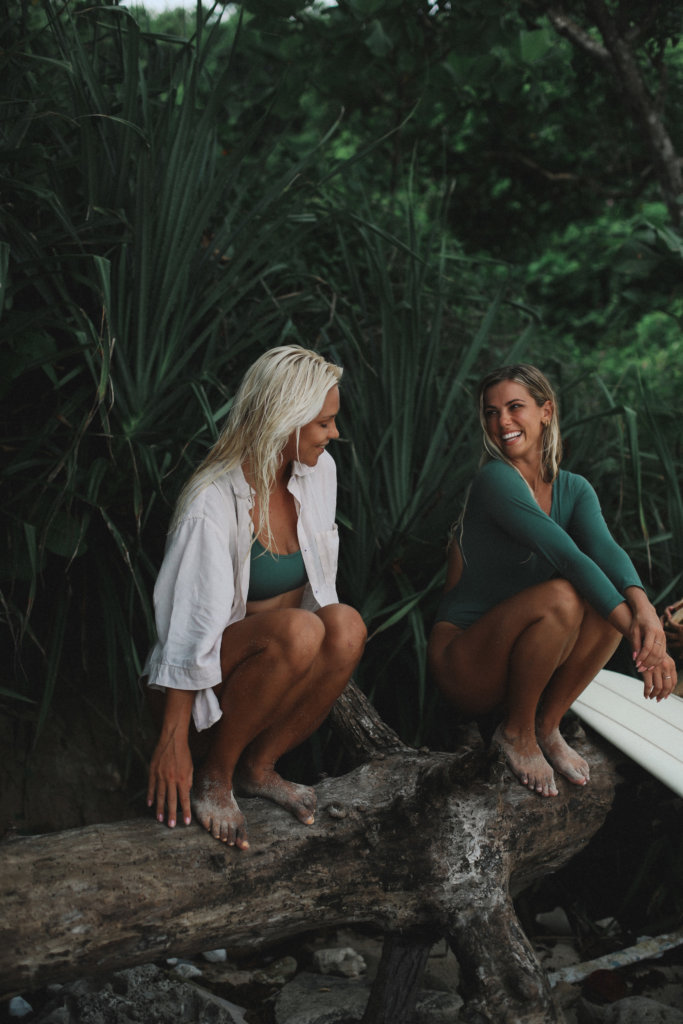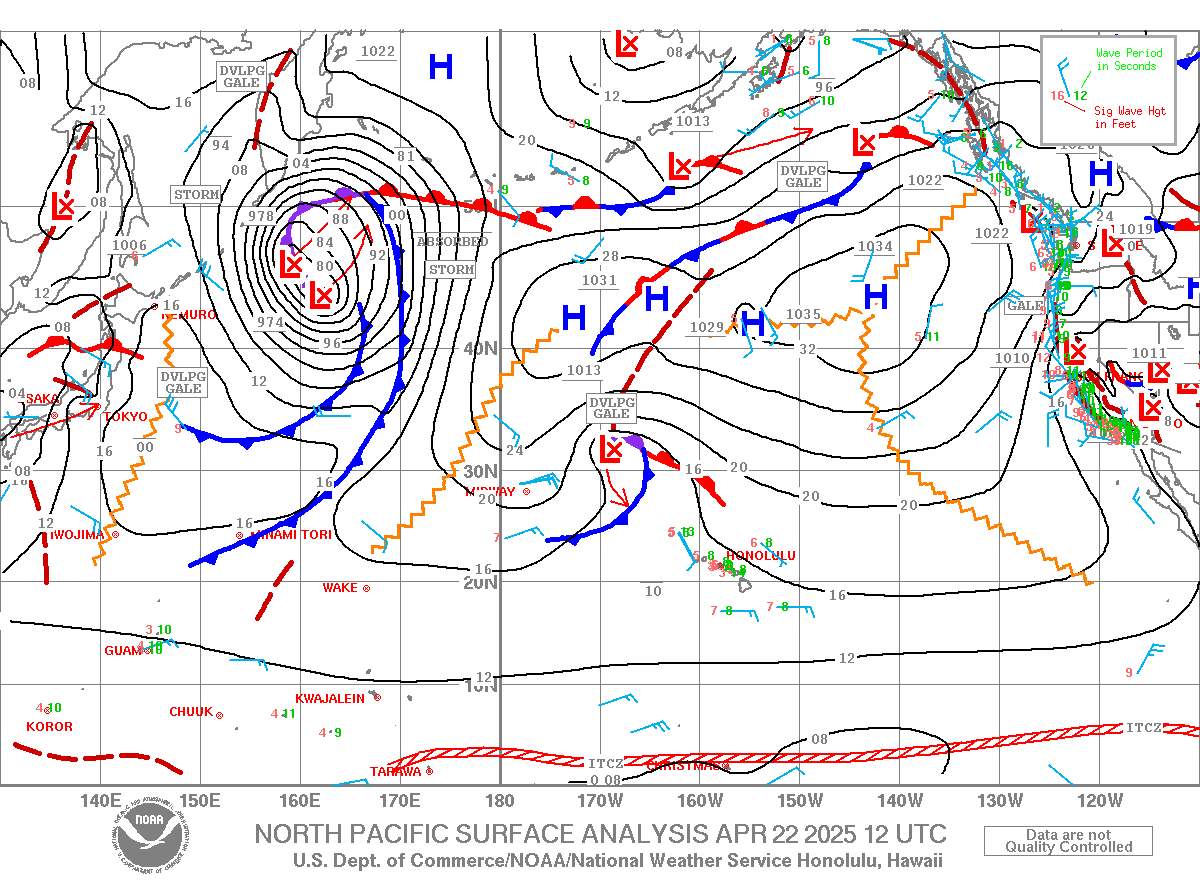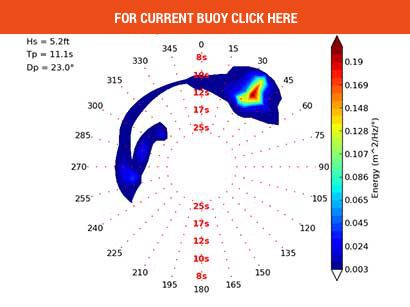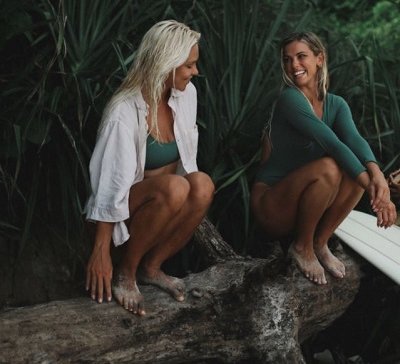
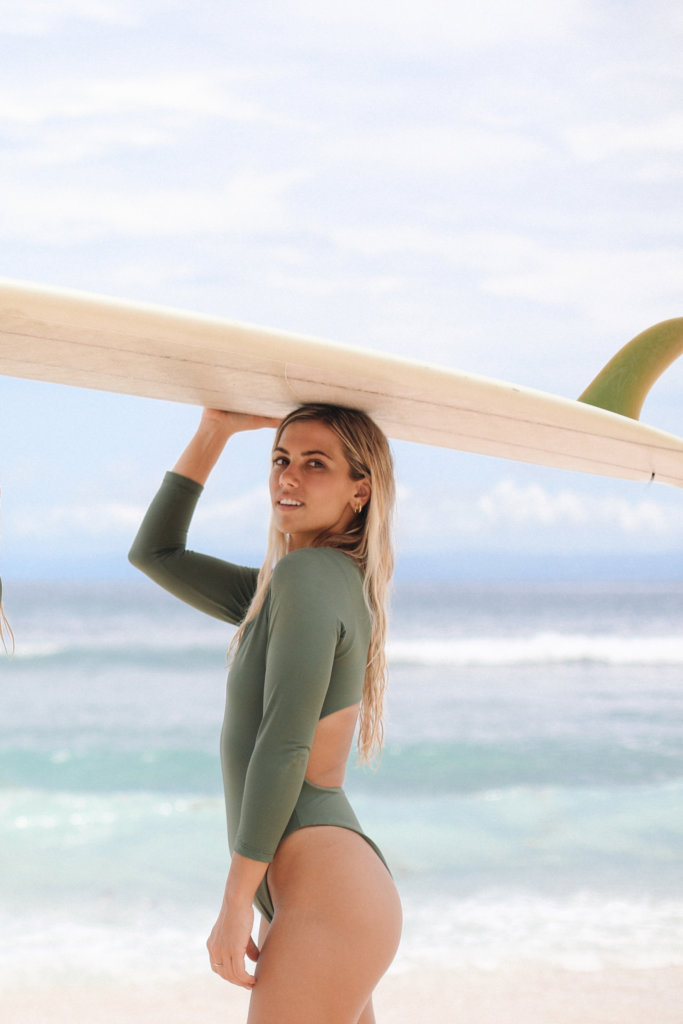
Sponsored Feature by Emma Bukowski and Noserider Surf Club
The harmony between the perfect surf equipment and expertise is essential on the road to becoming an
exceptional surfer. Your skills on the board will only take you so far if you don’t have the appropriate gear.
It’s paramount; even a skilled surfer can face challenges or wipeouts without it. Surfing’s diverse nature
allows for countless equipment combinations, catering to every surfer’s unique style. Many will discover
their own personalized combinations, crafting the ideal setup tailored to their needs.
Understanding the Key Elements of Surfboards
It goes without saying that the essential gear for surfing is your board. Visit any surf beach today, and
you’ll encounter a vast array of surfboard materials, shapes, and sizes. These differences can be
categorized into two main aspects: material and length. There are various materials used for crafting
surfboards, with soft-top foam, wood, polyurethane, and epoxy being the most common choices.
Soft-top boards, known for their buoyancy and stability, are ideal for beginners. They require minimal
maintenance, often don’t need wax and provide a less painful experience in the case of wipeouts.
Wooden surfboards harken back to surfing’s origins; eco-friendly, highly durable and heavier in weight
which helps them carry momentum in choppy conditions. PU boards, slightly more flexible than epoxy
ones, are a little heavier, making them suitable for choppy conditions. While this added weight poses a
challenge for beginners, experienced surfers tackling large, powerful waves favor them. Epoxy boards, on
the other hand, are durable and lightweight, making them excellent for catching smaller waves. Some
surfers also prefer them due to their lower environmental impact.
Surfboards usually fall into five fundamental shape categories: shortboards, fish boards, longboards,
funboards and guns.
Shortboards: For surfers hoping to perform sick aerials, the shortboard is essential. These boards have
pointed noses and thin rails, offering exceptional turning ability and precise control. Difficult to learn on,
shortboards are favored by intermediate and advanced surfers.
Fish boards: In slow and small surf conditions, a fish board will allow you to catch more waves. Named
after their fish-like notched tail, these boards are similar in length to shortboards but wider and thicker,
providing added stability and easier paddling.
Longboards: Easiest to paddle and incredibly stable, longboards excel in catching waves. Their higher
volume and surface area allows surfers to catch waves earlier and ride them longer.
Funboards: Bridging the gap between shortboards and longboards, funboards combine the best attributes
of both designs. Funboards serve as an ideal transitional board for beginners moving from longboard to
shortboard surfing.
Guns: Designed exclusively for riding huge, powerful waves, these boards are for experts only. Guns can
be as long as longboards, but the nose and tail are pointed for increased maneuverability. They are
thicker and heavier, enabling surfers to cut through the water with precision.
Fin Setups
Just as diverse in design, shape, and size as the surfboards they attach to, your choice of fin significantly
influences your control and maneuverability on the waves. There are almost endless combinations of surf
fin set ups with different elements of a fin, such as its shape, size, rake, base length, splay, flex and
height all playing a role in its performance. For example, fins with a small rake and a longer base length
excel in speed and predictability.
Single Fin: representing the most traditional style, single fin setups are commonly found on beginner
boards and longboards. While it limits turning ability, single fins offer exceptional control, stability, and
predictability – perfect for those who prefer riding in a fast straight line.
Twin-Fin: Also known as the ’Twinny’, this configuration is built for speed and enjoying weaker waves.
Best suited to shorter surfboards designed for small waves, twin-fins are not suited for larger surf
conditions.
Thruster: The thruster setup enables surfers to maintain speed and execute radical maneuvers while
retaining control making it perfect for high-performance surfing.
Quad: Featuring four fins, this set up is optimized for generating speed whilst ensuring precise control
over the board.
Bonza: The five-fin setup, often used as a quad with an additional central fin known as a trailer fin &
provides speed, grip, and stability, offering surfers a dynamic range of performance options.
Selecting Surf Wax – Considerations for Performance
Wax often goes overlooked in the realm of surfgear, with most surfers preferring to consider board shapes
and fins. Letting your wax sit and build up, is a no-no. A fresh coat of wax does wonders, giving you that
new board feel. When choosing the right wax, it’s important to consider these factors:
Water Temperature: Surf wax is formulated to perform best in different water temperatures; ranging from
cold, cool, warm and tropical. It's vital to match the wax type with the water temperature you'll be surfing
in. Using colder wax in warmer waters will cause it to melt off, rendering it ineffective.
Stickiness: Choosing a wax that offers a firm grip without being excessively sticky ensures you’ll be able
to adjust your stance without losing your balance.
Durability: While it is refreshing to apply a fresh layer of wax, it’s practical to choose a wax with a robust
lifespan.
Choosing the Right Surf Suit
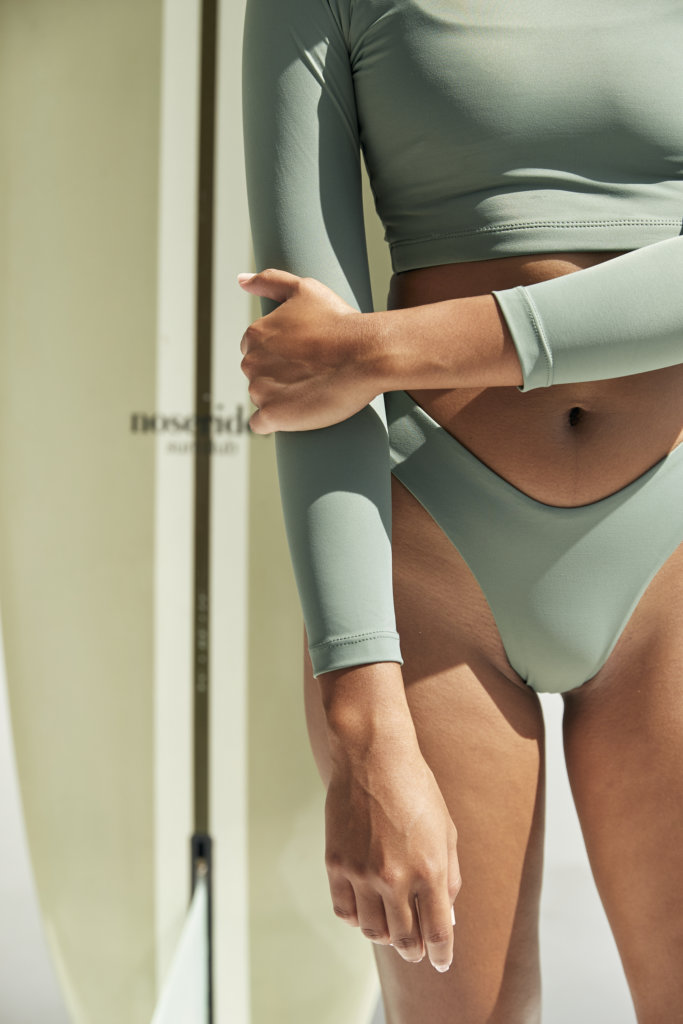
Having the right surfsuit can make all the difference in your board work. Your choice of surfwear will come
down to a number of factors such as location, temperature, maneuverability and personal style
preference.
Wetsuits are crucial in non-tropical regions and can be broken down into seasonal subcategories with
varying coverage options. A cropped rash guard is a popular choice in warmer climates, where you’re
more apt to want to surf in a bikini or for Spring days where there’s a lingering chill in the water. As pretty
much every woman knows, the sea will devour any bikini that dares to be flimsy. This makes selecting a
design that will stay in place all the more crucial – think of surf bikinis more like a sports bra. One-piece
swimsuits are great for surfing as they provide a more secure fit than a two-piece. Long-sleeve options
are becoming increasingly popular due to their added layer of sun and wind protection.
When selecting surfwear, avoid suits that include these features:
Strapless surf bikini tops: they lack support and require constant adjustments, not what you want to
focus on whilst on your board.
Metal parts: These can dig into your body, especially if they are on the front of the suit and lead to
bruises.
Underwire: For the same reason as metal clasps, underwire can dig into your ribs and chest
uncomfortably.
Highly Textured suits: Surfsuits with crochet, mesh or ruching will quickly trap wax and sand leading to
skin irritation.
Ride the wave with me! 
Best regards,
– Emma Bukowski | Founder
Instagram https://www.
Pinterest https://www.
